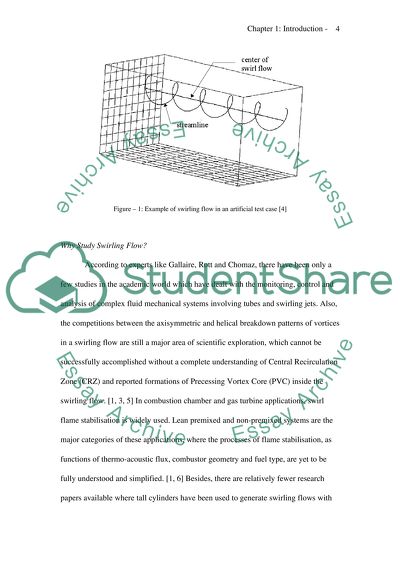Cite this document
(“Introduction Chapter for Swirling Flows Essay Example | Topics and Well Written Essays - 1500 words”, n.d.)
Retrieved from https://studentshare.org/engineering-and-construction/1456075-introduction-chapter-of-my-thesis-about-swirling
Retrieved from https://studentshare.org/engineering-and-construction/1456075-introduction-chapter-of-my-thesis-about-swirling
(Introduction Chapter for Swirling Flows Essay Example | Topics and Well Written Essays - 1500 Words)
https://studentshare.org/engineering-and-construction/1456075-introduction-chapter-of-my-thesis-about-swirling.
https://studentshare.org/engineering-and-construction/1456075-introduction-chapter-of-my-thesis-about-swirling.
“Introduction Chapter for Swirling Flows Essay Example | Topics and Well Written Essays - 1500 Words”, n.d. https://studentshare.org/engineering-and-construction/1456075-introduction-chapter-of-my-thesis-about-swirling.


